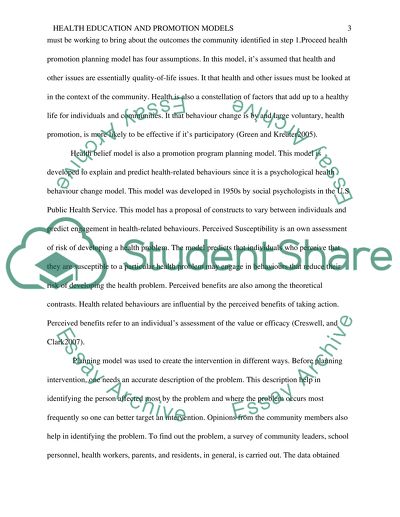Cite this document
(“Health Education and Promotion Models Assignment”, n.d.)
Retrieved from https://studentshare.org/health-sciences-medicine/1693535-health-education-and-promotion-models
Retrieved from https://studentshare.org/health-sciences-medicine/1693535-health-education-and-promotion-models
(Health Education and Promotion Models Assignment)
https://studentshare.org/health-sciences-medicine/1693535-health-education-and-promotion-models.
https://studentshare.org/health-sciences-medicine/1693535-health-education-and-promotion-models.
“Health Education and Promotion Models Assignment”, n.d. https://studentshare.org/health-sciences-medicine/1693535-health-education-and-promotion-models.


